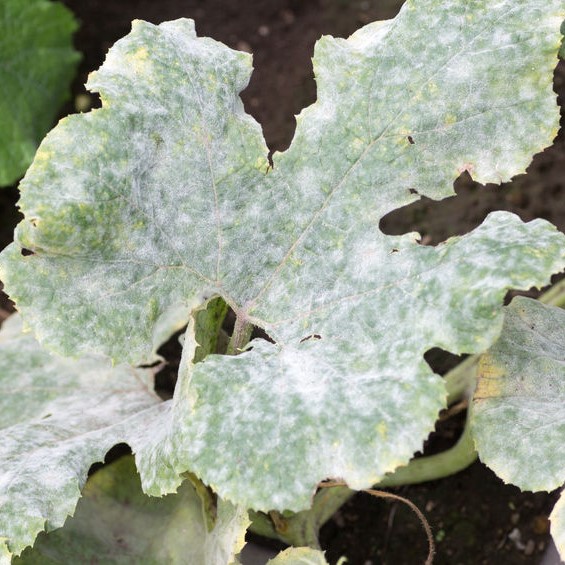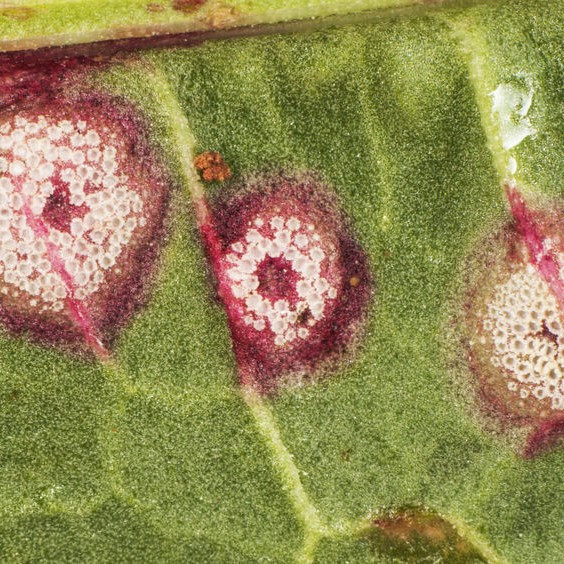
Is a tree dead if it has no leaves?
In early 2021, most of Texas experienced a winter snowstorm like most of us have never seen. Nor do we want to experience one again anytime soon! There was frozen water and power outages in areas of Texas that usually hurricanes and tornados, but snowstorms, never. Now that all is thawed and spring, albeit it a wet one, has sprung and we aren’t sure if the snow killed some trees or are we experiencing tree disease with some of our favorites.
There are tree disease experts that can make the official call for us, but as a homeowner or property owner, you can often determine if your beloved paper shell pecan tree has succumbed to tree disease or is still in snowstorm shock. It may be necessary to call up on an expert to confirm the tree disease and treatment though, but let’s answer some basic questions in this article and see what we can do from there.
It may be dying. Other ways to know if the tree is dead is to check the bark. If there is missing bark or the bark is brittle, that in combination of no leaves is usually a sure indication of a dead tree. Does the tree have sizeable limbs that are falling off or appear to be dead? When the tree trunk becomes brittle or has a sponge-type substance, it usually an indication of a dead tree.
It is springtime here in Texas right now and if you have a tree that hasn’t produced any buds or leaves by now, it has likely reached its end of life. Are there limbs or twigs cracking and breaking off, an no green on the inside of them? A brown or tan like pulp is an indication the tree is dead and can’t be revived.
However, if only a portion of a tree appears dead and there are buds and leaves on other parts, prune the dead stuff off and wait before you call time of death. By pruning away the dead portions, it eases stress on the good part and lets all the nutrients go to work stronger on the good part. Pruning off the dead will also minimize insect infestation risks too.
Does all this mean you’re experience tree disease though? Not necessarily, it could still be from the snowstorm or simply the tree has reached its maximum age potential. Keep reading and see what else you can learn.
What are common tree diseases?
Tree disease outbreaks are usually regional, seasonal, and species specific. Some common tree diseases that a homeowner or property owner could encounter are:
- Anthracnose: A leading shrub and tree diseases that stems from a fungus, attacking the flowers, fruits, leaves, and twigs of various tree species of North American, especially flowering dogwood and sycamore trees.
- Apple Scab: A tree disease affecting the leaf early in the season, affecting the crabapples harvest. This condition can be identified by scab-like lesions on the leaves, causing premature defoliation.
- Cedar Rusts: A foliar tree disease that attacks rosaceous plants, including crabapple and hawthorn. Like apple scab, some species are more vulnerable to the condition, overall it causes an orange or rust-colored spotting on the leaves in the spring. Twig cankers sometimes form, causing dieback.
- Diplodia Tip Blight: A common tree disease that attacks different types of pines, generally developing at the tree base and moves upward, causing dead shoots with half elongated needles.
- Dothistroma Needle Blight: A pine tree disease that is fungal and causes defoliation prematurely in grown trees and stunt young tree’s growth of more than 30 pine tree species in North America. This tree disease is noticed by the tan or yellow bands on the needs along with needle dieback.
- Lethal Yellow: This tree disease is common in Florida and Texas, attacking the Canary Island date palm and the coconut palm. This bacteria-like organism, phytoplasma, is transported by a plant hopper insect and results in flower death, premature fruit drop, and foliage yellowing.
- Oak Wilt: This tree disease is a systemic fungal that typically results in death, affecting over 20 species in Minnesota, New York, Pennsylvania, South Carolina, and Texas. Noticed by leaf wilt, premature defoliation, and rapid discoloration.
- Thousand Canker Disease: This tree disease condition that affects walnut trees in the Western United States and black walnuts in Tennessee. Twig beetles spread the infection that causes small cankers to form around the galleries. Infestation can exist for several years before it appears, however the upper branch foliage will begin to decline, turn yellow, and wilt.
- Dutch Elm Disease: This fungal tree disease is common in elm trees, carried by bark beetles from an infected tree to a healthy trees, feeding on the twigs and upper branches Root grafts also cause tree-to-tree spread of this tree disease and is detected in the first part of summer.
What causes tree disease?
A drought or severe weather like a snowstorm can damage a tree, leaving it vulnerable for a fungal attack. Environmental factors like cold and hot temperature and pollution cause tree disease or aggravate a disease already in place, causing bacteria, fungus, or viral sources. This can often cause multiple tree diseases.
How do you fix a diseased tree?
A tree disease like canker, foliar, root rot, and wilt can be caused by fungi, losing its color and vigor, causing leaf wilt. If the fungi is extensive, it should be cut down before it weakens and falls down. An experienced arborist will know how to cure tree disease if it is possible, or whether the tree is beyond help.

What does tree blight look like?
Tree blight is a group of tree diseases caused by bacteria or fungus and is detrimental to trees. What may seem like a small issue of tree disease on leaves, can actually be more significant if not discovered and addressed, the tree may need to be removed instead of treated and saved. Call (817) 717-7737 today for your tree treatment needs in Fort Worth, TX.
